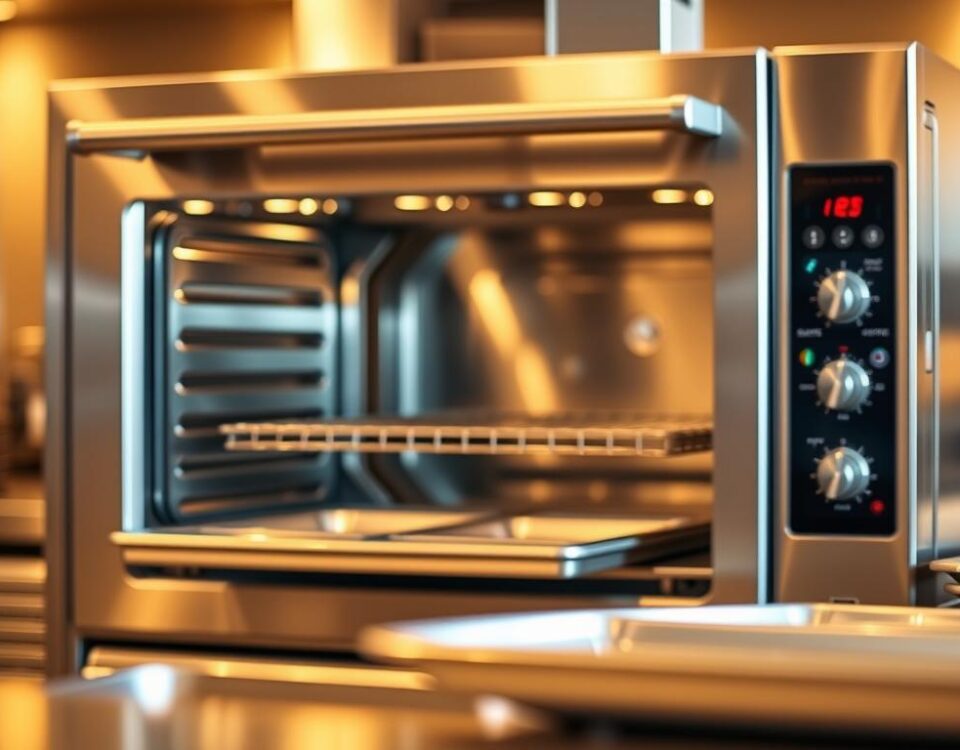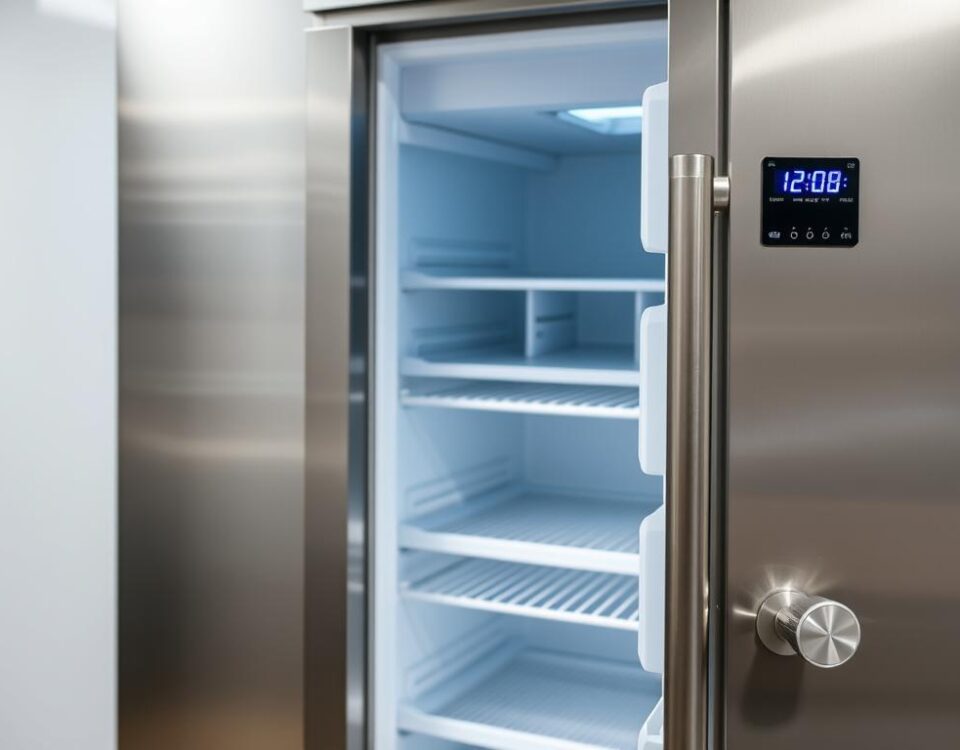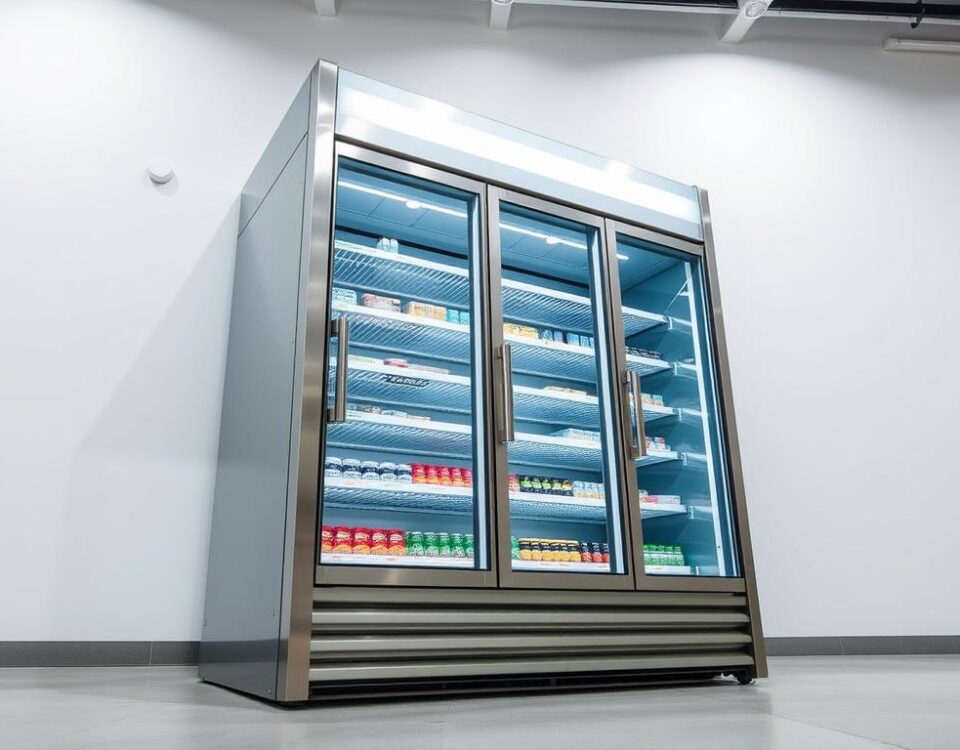
How to Use Natural Light for Perfect Food Shots Every Time
May 30, 2025
What Camera Settings Work Best for Mouthwatering Food Photos
May 30, 2025Did you know over 60% of Instagram users have posted a meal photo in the last month? Yet fewer than 15% feel confident their creations truly stand out. That gap between effort and impact is why I’m here—to help you turn everyday meals into jaw-dropping visual stories.
I used to think my dishes looked “good enough” until I saw a friend’s dinner post go viral. Suddenly, I realized: how we present meals isn’t vanity—it’s storytelling. Whether you’re hosting friends or building an online following, thoughtful arrangement transforms ingredients into edible art.
This guide pulls back the curtain on professional techniques used by chefs like Trevor Stinson. You’ll learn to balance color and texture, use negative space strategically, and avoid common steak mistakes that ruin photos. No fancy tools required—just creativity and a few insider tricks.
Key Takeaways
- Social media has made visually striking meals essential for home cooks and pros alike
- Contrast and composition matter more than expensive ingredients
- Professional chefs use specific strategies to create depth and movement
- Simple adjustments can elevate even basic weeknight dinners
- Lighting and angles play crucial roles in food photography
By the end, you’ll approach every plate as a blank canvas. Let’s make your kitchen creations as Instagram-ready as a five-star restaurant’s signature dish.
Introduction to Plating and Food Styling
Your eyes feast before your taste buds do. I learned this watching a chef arrange roasted vegetables like paint on a canvas. That moment changed how I view every meal—it’s not just sustenance, but sensory communication.
Why We Eat With Our Eyes First
Studies show color contrast increases perceived flavor intensity by 20%. A monochrome plate of beige foods feels heavy, while vibrant greens and reds spark excitement. I once served identical salads—one tossed, one artfully layered. Guests swore the arranged version tasted fresher.
From Mundane to Magazine-Worthy
Restaurants use three core principles:
- White space creates focus (like framing a steak)
- Odd numbers feel dynamic (3 scallops > 4)
- Height adds drama (stacked vs flat)
At home, I mimic this using basic bowls. A narrow pasta bowl forces vertical stacking, while wide plates let sauces swirl. My “aha” moment? Realizing chain restaurants use standardized circles, but my kitchen allows playful squares and slate boards.
Texture plays silent partner to visuals. Crunchy crumbs beside silky purées make mouths water before forks lift. Last week, I dotted chili oil around hummus—suddenly my snack looked chef-crafted. Small tweaks, big impact.
Essential Tools and Kitchen Must-Haves
My kitchen transformation began when I swapped mismatched dishes for intentional tools. While great ingredients matter, the right equipment turns chaotic spreads into composed masterpieces. You don’t need a chef’s budget—just strategic picks.
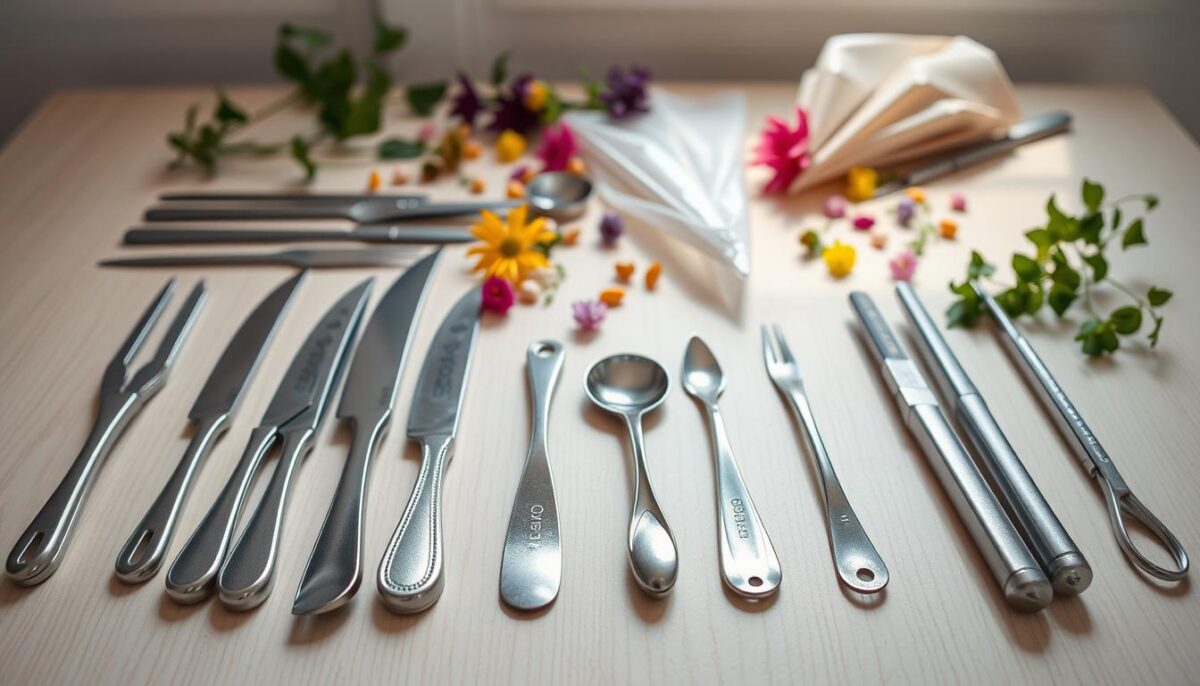
Foundational Items for Every Cook
White porcelain plates became my secret weapon. After testing 12 brands, I found restaurant-grade ones at TJ Maxx—$3 each. Their neutral backdrop makes colors pop. Pair them with:
- Angled tongs for placing herbs precisely
- Stainless ring molds that create perfect rice towers
- A fine mesh sieve for dusting powdered garnishes
These tools helped me avoid the “smeared sauce” phase of my early attempts. Ring molds especially changed the game—they turn mashed potatoes into edible sculptures.
Upgrade Your Arsenal
Once basics feel natural, add:
- Medical-grade tweezers ($8 on Amazon) for positioning microgreens
- Squeeze bottles with narrow tips for Jackson Pollock-style drizzles
I resisted tweezers until I tried plating edible flowers. Fingers crushed petals; tools preserved their delicate beauty. Now I keep them beside my spatulas.
Remember: Great cooking satisfies stomachs, but thoughtful presentation feeds curiosity. Start with three core tools, then expand as your style evolves.
Food plating styling tips for Stunning Photographs
Three years ago, a perfectly asymmetrical dessert at Chicago’s Alinea made me rethink everything about meal presentation. Their deconstructed lemon tart taught me intentional imbalance could feel more satisfying than rigid symmetry—if executed with purpose.
Harmony Through Strategic Placement
I follow the 70/30 rule from Michelin-starred kitchens: fill 70% of the surface, leaving 30% empty. This “breathing room” makes components pop. For steak dinners, I position the protein at 5 o’clock with jus drizzled toward 11 o’clock—creating natural eye movement.
Odd-numbered groupings work wonders. Three seared scallops arranged in a crescent outshine symmetrical lines. I once added five parsley leaves instead of four beside roasted carrots—guests commented on the “effortless elegance.”
Less Is More
Overcrowding kills visual appeal. My trick? Use salad plates for entrees. A 6″ circle forces thoughtful editing. Stacking helps too—mashed potatoes become a velvety pedestal for short ribs instead of sprawling across the dish.
- Offset proteins to showcase sides
- Drizzle sauces in S-curves, not puddles
- Layer textures vertically (crunchy atop creamy)
Last month, I reduced a chicken dinner’s portion by 20% and artfully fanned the slices. My foodie group swore it tasted “more refined.” Remember: empty space isn’t wasted—it’s your secret weapon for making meals memorable.
Designing with Color, Texture, and Layers
The first time I plated roasted beets over golden hummus, I realized color isn’t just decoration—it’s communication. Vibrant contrasts tell diners what to expect before they take a bite. A sunset-inspired dish with orange carrots and purple cabbage gets more reactions than muted tones, proving hue combinations drive emotional responses.
Experimenting with Complementary Pairings
I keep a color wheel in my recipe binder. Opposite shades on the spectrum—like red and green—create instant drama. Last week, I paired seared tuna with pickled radish slices. The crimson fish against pink garnish made guests pause to admire before eating.
Texture plays similar tricks. Crunchy fried shallots transform creamy soups into sensory experiences. My rule? Contrast at least two textures per plate. Silky mashed potatoes gain intrigue with crispy garlic chips, while smooth chocolate mousse begs for brittle cookie shards.
Architecting Edible Depth
Layering turns flat presentations into dimensional stories. I build parfaits in clear glasses to showcase alternating colors—vanilla yogurt, berry compote, granola. This approach works for savory dishes too. A recent grain bowl stacked quinoa, roasted veggies, and avocado showed every component’s unique shape.
- Use ring molds to create clean towers of rice or polenta
- Place delicate items (herbs, flowers) last to prevent wilting
- Alternate soft and firm layers for structural integrity
Height adds sophistication without extra effort. My “aha” moment came when I propped salmon fillets against whipped sweet potatoes using a fork. Suddenly, my weeknight dinner looked gallery-worthy. Remember: edible design should enhance flavors, not compete with them.
Plating Techniques from Restaurants to Home Kitchens
During a kitchen tour at Eleven Madison Park, I watched a chef arrange components with surgical precision. That experience revealed how structured methods create visual impact. Now I blend restaurant wisdom with home-cook practicality to make every meal camera-ready.
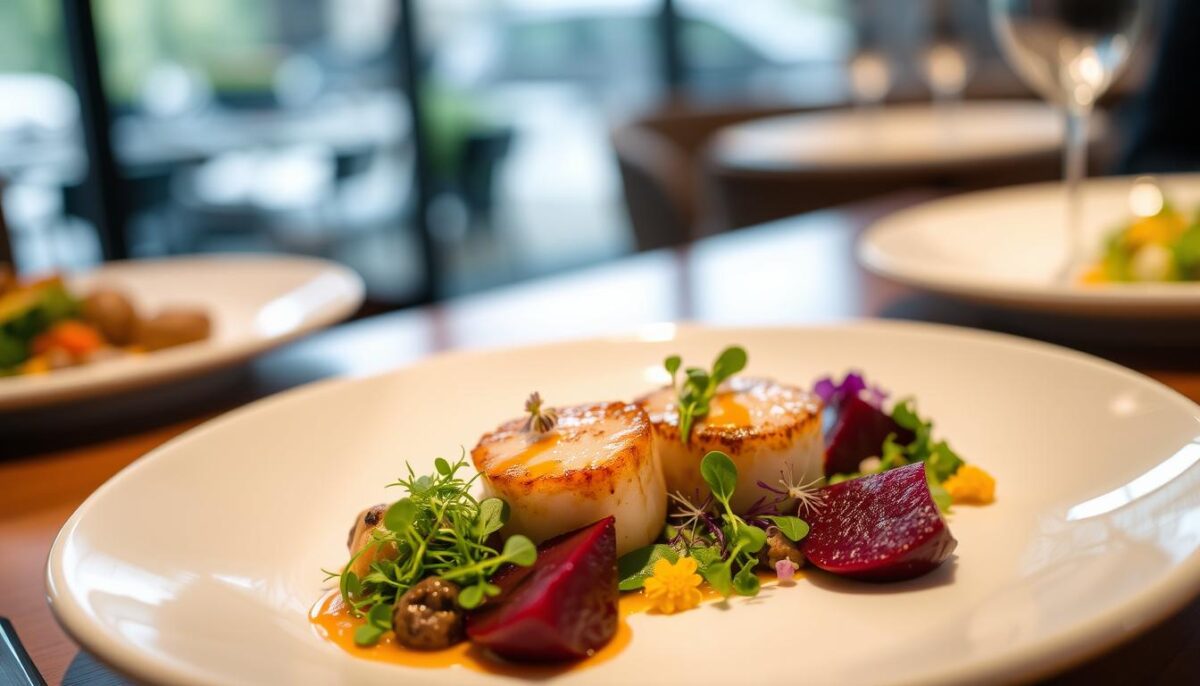
Precision Meets Playfulness
Fine dining often uses clock-face composition—proteins at 3 o’clock, starch at 9, veggies at 6. I tried this with Sunday roast dinners. The organized layout made my plates look intentional rather than haphazard. But strict symmetry can feel stiff.
Free-form approaches changed my perspective. Smearing sauces with a spoon’s backside creates organic flow. Last week, I drizzled balsamic glaze in loose spirals around caprese salad. The result felt alive compared to my earlier dot-grid patterns.
| Classic Technique | Free-Form Style | Home Kitchen Hack |
|---|---|---|
| Symmetrical placement | Asymmetrical balance | Use plate edges as guides |
| Precisely measured portions | Intentional “messiness” | Cluster ingredients naturally |
| Height through stacking | Flat lay presentations | Elevate with overturned bowls |
I discovered hybrid methods work best. For fish tacos, I line slaw in neat parallel lines (classic) but let avocado crema drip freely (free-form). This combo honors the dish’s casual roots while adding polish.
You don’t need chef tools to experiment. My favorite discovery? Using cookie cutters as makeshift ring molds for rice portions. Even mismatched home plates become canvases when you apply these principles. Start with one technique, then layer others as your confidence grows.
Planning, Preparation, and Organizing Your Workspace
I once ruined a photoshoot-worthy meal because my thyme sprigs drowned in olive oil. That disaster taught me organization isn’t just about cleanliness—it’s the backbone of creative execution. A streamlined kitchen lets you focus on artistry rather than scrambling for tools mid-process.
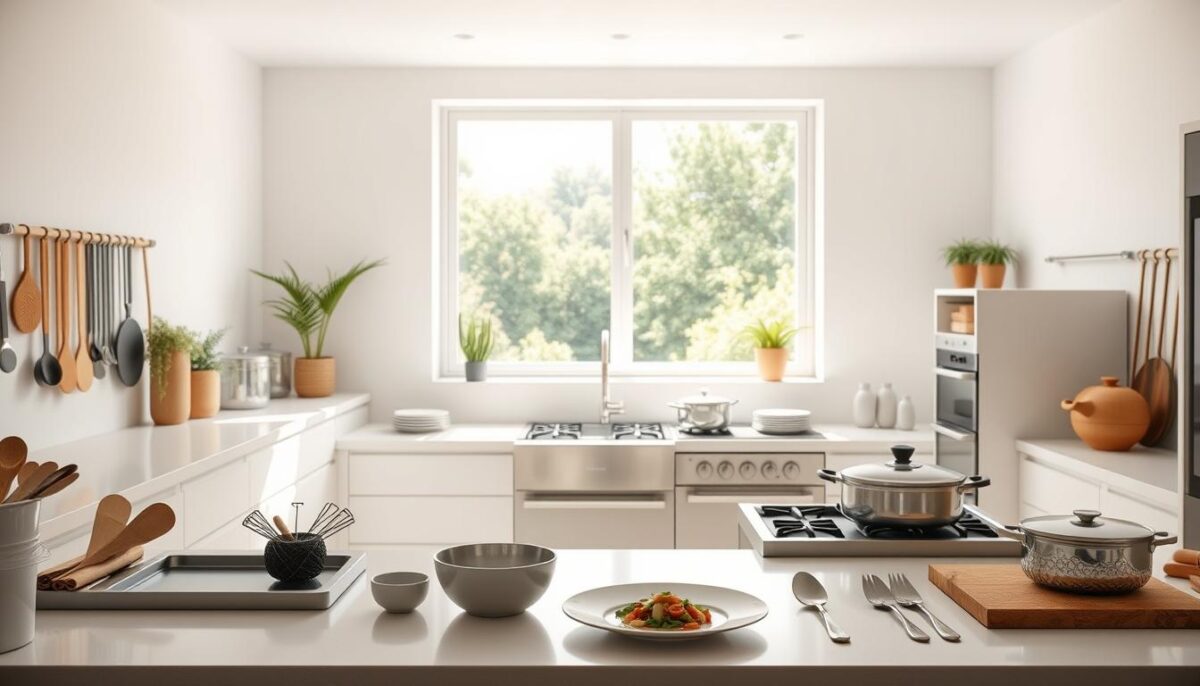
Prepping Ingredients and Maintaining a Clear Workspace
My system starts with mise en place taken to obsessive levels. I prep components in reverse order: garnishes first, sauces next, proteins last. This prevents cross-contamination and keeps delicate items crisp. Labeled containers stack neatly in the fridge, ready for assembly-line efficiency.
Clutter kills creativity. I keep three essentials within arm’s reach:
- Damp cloth for quick wipe-downs
- Prep bowls in graduated sizes
- Tweezers perched in a shot glass
| Chaotic Workspace | Organized Setup | Time Saved |
|---|---|---|
| Searching for tools | Designated tool zones | 4 minutes/dish |
| Spilled ingredients | Rimmed sheet pans | 2 cleanups avoided |
| Wilting garnishes | Ice bath station | Freshness preserved |
Last Thanksgiving, I color-coded my cutting boards—red for meats, green for veggies. My family laughed until they saw how smoothly dinner came together. Now they’ve adopted the system for their weekly meal prep.
Remember: Great meals begin before the stove ignites. Spend 10 minutes organizing tonight, and tomorrow’s “Instagram moment” will feel effortless rather than exhausting.
Elevating Food Presentation for Social Media and Events
When my beetroot tart went viral last summer, I realized social media demands its own visual language. Platforms like Instagram reward bold choices that translate through screens—think strategic angles and calculated imperfections that feel authentic.
Crafting Scroll-Stopping Visuals
For camera-ready meals, I use negative space as a spotlight. A recent salmon bowl gained traction because roasted veggies fanned across 40% of the plate, drawing eyes to the glazed fish. Odd numbers work here too—five asparagus spears create rhythm, while four feels staged.
Drizzles become brushstrokes. I swirl sauces in C-shapes rather than circles, mimicking natural movement. Last month’s pasta post used basil oil trails leading to the main dish, encouraging viewers to “follow” the sauce to the entrée.
Mastering Group Meal Consistency
Dinner parties require military precision. I pre-plate components in batches using assembly-line logic:
| Component | Social Media Approach | Event Strategy |
|---|---|---|
| Sauce Application | Artistic drips | Uniform dots |
| Garnish Placement | Single dramatic sprig | Mirrored positioning |
| Portion Control | 80% fullness | Identical weights |
I keep lemon wedges and microgreens pre-portioned in shot glasses for quick replication. For a recent bridal shower, I plated 24 identical crostini using a cookie sheet grid system—each toast got three pomegranate seeds placed at 10, 2, and 6 o’clock positions.
Final pro move? Wipe edges with vinegar-water mix after plating. Those crisp lines make even simple meals look pro-level. Remember: consistency isn’t rigid—it’s the confidence that every guest gets the same wow moment.
Conclusion
Transforming meals into visual feasts doesn’t require a chef’s hat—just a few clever tricks. Throughout this guide, we’ve explored how strategic placement and intentional contrasts turn ordinary ingredients into captivating compositions. Remember: your plate is a canvas where even basic tools like ring molds or angled tongs can create restaurant-worthy drama.
Start small—practice the 70/30 rule with tonight’s dinner. Cluster roasted veggies in odd numbers, let sauces flow like abstract art, and watch how empty space highlights your main dish. Those first attempts might feel awkward, but consistency breeds confidence. My garlic-butter shrimp went from messy pile to Instagram star in three tries.
Great presentation isn’t about perfection—it’s about personality. Swap parsley for edible flowers, experiment with textured layers, and share your creations. I’d love to hear how these methods transform your kitchen experiments. Keep refining, stay curious, and remember: every meal deserves its moment to shine.
FAQ
Why does visual appeal matter so much in culinary photography?
I’ve found that people “eat with their eyes” first. A beautifully arranged dish builds anticipation and makes flavors feel more vibrant, even before the first bite. It’s like setting the stage for a memorable meal.
What basic items do I need to start plating like a pro?
My go-to tools are simple: a set of neutral-toned dishes, tweezers for delicate placement, and a squeeze bottle for sauces. A mesh sieve for dusting powders or herbs adds polish without breaking the bank.
How do I prevent my creations from looking overcrowded?
Less is often more! I leave “breathing room” around components—think of the plate as a canvas. Group elements in odd numbers (three scallops, five microgreens) for natural balance.
Can bold colors really make my dishes pop?
Absolutely. I love pairing bright ingredients—like golden turmeric rice with seared salmon—or adding edible flowers for contrast. Even a drizzle of vibrant beet purée can transform a monochrome meal.
Should I stick to traditional plating styles or get creative?
Both! I start with classic techniques (like centering proteins) for structure, then riff with abstract sauce swirls or vertical stacks. Your personal flair is what makes it uniquely yours.
Any tricks for keeping things organized while styling?
I prep all ingredients beforehand—herbs washed, sauces portioned, tools within reach. A clean workspace lets me focus on arranging without scrambling mid-process.
How do I maintain consistency when hosting dinner parties?
I use templates! For example, sketching a layout for each course ensures every plate mirrors the others. Quick tweaks, like swapping citrus garnishes, keep it lively yet cohesive.

